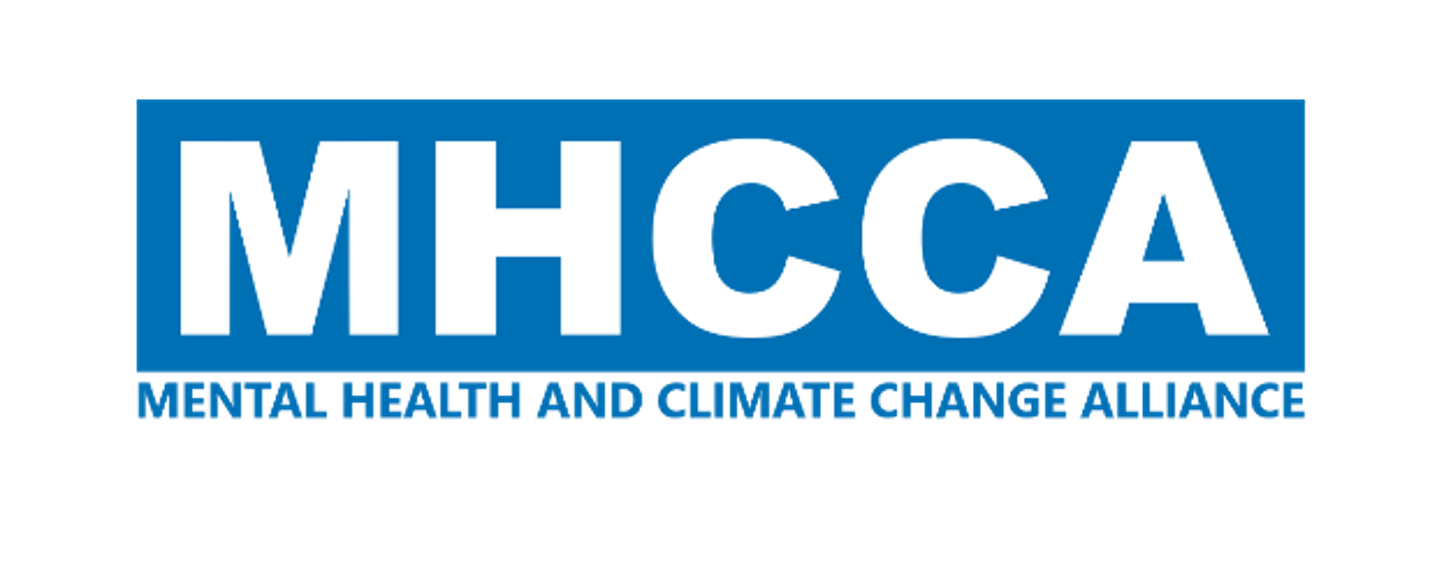
Community Visioning
Community Visioning is a dynamic workshop that empowers large and diverse groups to collaboratively envision the future of their community's resilience to climate challenges. Through a series of structured sessions including individual reflection, small group discussions, and large group sharing, participants explore obstacles, opportunities, and actions needed for a resilient future. Facilitated synthesis sessions distill common themes and priorities, leading to action planning and commitments for implementation. This inclusive process fosters a sense of ownership and commitment among participants, driving meaningful change towards a more resilient community.
Steps:
Preparation:
Define the goals and scope of the visioning process. This could be focused on specific aspects of climate resilience, such as infrastructure, community services, or environmental policies.
Prepare discussion guides and materials that will help participants understand the topics and think creatively.
Opening Session:
Start with a plenary session to introduce the visioning process and its objectives. Explain how the outcomes will be used to influence planning or policy-making.
Warm-up activities to get participants thinking creatively and feeling comfortable with sharing their ideas.
Independent Reflection:
Give participants time for individual reflection to gather their thoughts and ideas about the future of their community in terms of climate resilience. Provide prompt questions that help guide their thinking.
Small Group Discussions:
Organize participants into small groups to share ideas from their independent reflection. Each group discusses obstacles, opportunities, and possible actions related to the future they envision.
Facilitators at each group help to guide the discussion, ensuring that all voices are heard and that the conversation remains on track.
Large Group Sharing:
Reconvene in a larger setting where small groups can share their visions and discussions with the wider assembly. This session allows for cross-pollination of ideas and broader engagement.
Use facilitators to manage the sharing process, ensuring clarity and keeping time.
Synthesis and Common Themes:
Facilitators help to distill common themes, opportunities, and obstacles that emerged during group discussions. This might involve live summarization with visual aids or digital tools.
Participants can be involved in this process through interactive voting or ranking exercises to prioritize ideas or themes.
Action Planning and Commitment:
Transition from visioning to action planning by discussing practical steps, partnerships, and resources needed to realize the community’s vision.
Facilitate a session where participants can commit to specific actions or volunteer for follow-up activities.
Closing and Follow-Up:
Summarize the day’s outcomes and confirm next steps, including how the ideas will be used and any follow-up meetings.
Ensure there is a clear plan for maintaining engagement with participants and stakeholders, and for reporting back on progress.
Duration:
Typically a half-day to a full-day workshop, depending on the complexity of the topic and the number of participants
Group Size:
Best suited for large and/or diverse groups
Materials/Resources Needed:
Large meeting spaces that can accommodate both small breakout sessions and larger plenary discussions
Flipcharts, markers, post-it notes, and digital tools for recording ideas
Audio/visual equipment for presentations and group facilitations
Accessibility Considerations:
Ensure all venues are accessible to participants with disabilities.
Provide materials and communication in various formats to accommodate different needs.
Tips/Pointers:
Utilize skilled facilitators who can handle large group dynamics and ensure productive discussions.
Incorporate a variety of engagement methods to keep participants active and involved throughout the day.
Works well for Building a collective vision that harnesses the diversity of the community, creating a detailed pathway to achieving long-term goals, and fostering a sense of ownership and commitment among participants.
Make sure to document the process and outcomes thoroughly. Provide participants with a summary of the day’s work and keep them updated on how their input is being used in subsequent planning and implementation phases.
